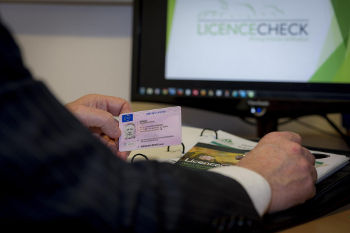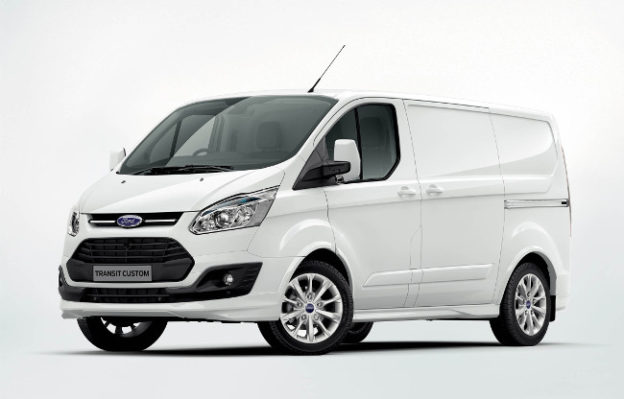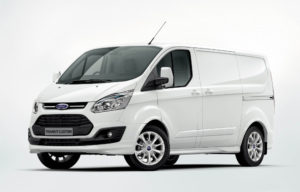You’re probably familiar with different types of car, like estate, hatchback and SUV. But you may not be quite so confident when it comes to vans.
The good news is that for most people, there are only really a few types of van you need to know about. The bad news is that similar vans can sometimes be referred to in different ways.
To help you work out what you need when you next hire a van, here’s our beginner’s guide to the different types of van + how much stuff you can fit into each one. You can find more information about vans in our Van Size Guide.
Please remember all sizes and weights given are approximate. If you are unsure about what size you need, check directly with your van hire company. vanrental.co.uk will not accept any responsibility if you hire a van that is too small or too large for your needs.
Small vans
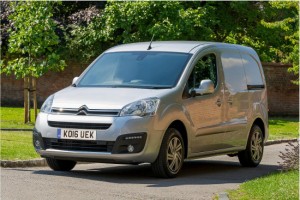 Small vans such as the Citroen Berlingo usually have a load space about 1.7m long and 1.5m wide. Load height is usually limited to about 1.2m.
Small vans such as the Citroen Berlingo usually have a load space about 1.7m long and 1.5m wide. Load height is usually limited to about 1.2m.
Most models can fit two Euro pallets. They’re a good size for tradesmen needing to carry tools and for local deliveries. The maximum load weight (payload) is usually 600-800kg.
These vans often only have one proper passenger seat, although many now have a fold-down middle seat allowing space for two passengers. This can get a bit cramped on long journeys.
Medium vans (a.k.a. ‘Transit’ vans)
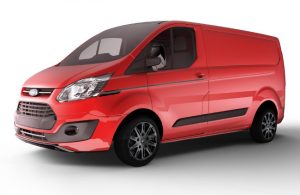 The term Transit van is often used to describe any medium-sized panel van, not just those made by Ford. These vans are the workhorses of the UK economy, chosen by tradesmen, couriers and delivery firms. They do come in different sizes, though.
The term Transit van is often used to describe any medium-sized panel van, not just those made by Ford. These vans are the workhorses of the UK economy, chosen by tradesmen, couriers and delivery firms. They do come in different sizes, though.
Unless you book a long wheelbase model (see below) it’s safest to assume that you will get a short wheelbase van, similar to what’s pictured. In this case, expect a maximum load length of about 2.4m, a width of about 1.7m and a height of 1.4m (low roof) or more if it has a high roof.
Maximum load weight is usually 900-1200kg, depending on the model.
This may be large enough to move a studio flat, if you don’t have much in the way of furniture or kitchen appliances. If you have a lot of stuff, then you’ll probably want to move up to a long wheelbase model.
Remember to ask your hire company if you need exact payload (weight) or size information. All vans vary and you are unlikely to know exactly what you’re getting when you book.
Long wheelbase vans
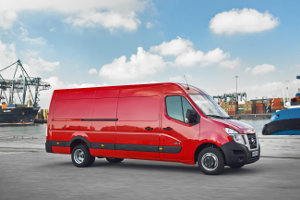
An extra-long wheelbase Nissan NV400 van.
The small and medium vans I’ve pictured above aren’t much bigger than large cars. But this isn’t always big enough. If you need more space then one way to go is to get a long wheelbase van. These actually come in two sizes — long or extra long. You may be able to choose when you book, but you may not. If you need something specific, then ring the hire company and ask.
Long wheelbase vans usually have a load length about 3.5m. Extra-long wheelbase vans will add to this and offer 4m or even more. Width is unchanged at about 1.7m, but you’re almost certain to get a high roof, giving load height in the region of 1.6m-2.0m
These may be big enough for a 1/2-bed flat move, as long as your furniture isn’t too bulky or can be flat packed, and you don’t have many large appliances which can’t be stacked (e.g. washing machine, cooker, freezer, etc).
These models are quite big vans and need a big of extra care when driving, especially when reversing or manoeuvring in tight spaces. But they’re easy enough to drive and very useful, so don’t let their size put you off.
Luton vans
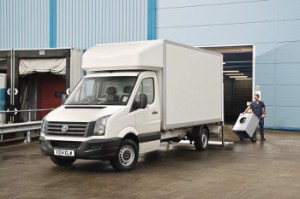 There’s a good reason most small house removal companies use luton vans for the majority of their jobs. If you’re moving a 1/2 bed property or even (maybe) a 3-bed house then these are the best thing for the job.
There’s a good reason most small house removal companies use luton vans for the majority of their jobs. If you’re moving a 1/2 bed property or even (maybe) a 3-bed house then these are the best thing for the job.
Also known as box vans, lutons are not quite as long as a long wheelbase panel van, but are wider and higher. They also have a completely square load space, with no wheel arches, as the box sits on top of the chassis, above the wheels. Sizes can vary, but a typical set of dimensions might be 4m long, 2m wide and 2.2m high.
Because the box sits above the wheels, the load deck is quite high off the ground. To make it easier to lift heavy objects in and out, many luton hire vans have a tail lift, which allows you to raise and lower objects from the ground to the back of the ground. However, not all luton vans have tail lifts. If this is a necessity, make sure you ask before booking.
Automatic vans
If you only have an automatic car licence, can hire an automatic van?
The short answer: No. Automatic vans are not generally available for hire. Unless the hire companies specifically states that they offer automatic vans, you should assume the van will be manual.
If your driving licence only allows you to drive automatics, then you’ll have to find another driver.
You may need to know: Although most manufacturers do make automatic vans, they usually cost extra and very few hire companies buy them. I expect this will gradually change, but not overnight.


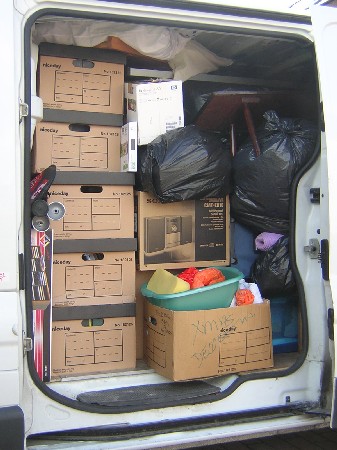
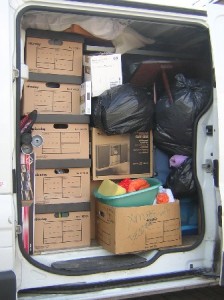 If it’s your first time, check out
If it’s your first time, check out  These speed limits apply to virtually all vans, including small models like the Ford Transit Connect and Citroen Berlingo. I’ve highlighted where the speed limits are different to those for cars:
These speed limits apply to virtually all vans, including small models like the Ford Transit Connect and Citroen Berlingo. I’ve highlighted where the speed limits are different to those for cars: Fuel policy varies between companies, but the usual setup is that the vehicle will come with a full tank of fuel, and you have to return it with a full tank of fuel.
Fuel policy varies between companies, but the usual setup is that the vehicle will come with a full tank of fuel, and you have to return it with a full tank of fuel.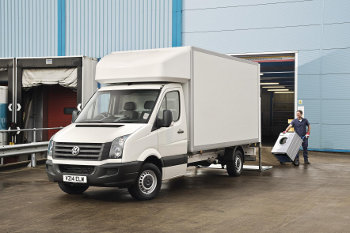
 Small vans such as the Citroen Berlingo usually have a load space about 1.7m long and 1.5m wide. Load height is usually limited to about 1.2m.
Small vans such as the Citroen Berlingo usually have a load space about 1.7m long and 1.5m wide. Load height is usually limited to about 1.2m. The term Transit van is often used to describe any medium-sized panel van, not just those made by Ford. These vans are the workhorses of the UK economy, chosen by tradesmen, couriers and delivery firms. They do come in different sizes, though.
The term Transit van is often used to describe any medium-sized panel van, not just those made by Ford. These vans are the workhorses of the UK economy, chosen by tradesmen, couriers and delivery firms. They do come in different sizes, though.
 There’s a good reason most small house removal companies use luton vans for the majority of their jobs. If you’re moving a 1/2 bed property or even (maybe) a 3-bed house then these are the best thing for the job.
There’s a good reason most small house removal companies use luton vans for the majority of their jobs. If you’re moving a 1/2 bed property or even (maybe) a 3-bed house then these are the best thing for the job.